Permanent Exhibition

Field Railway
Full Steam Ahead!
Our museum’s steam locomotive has a younger sister with a diesel engine: the former “Torfbahn” (field railway) took up service in 1961 and now makes its rounds on the roughly one-kilometer track through the Museum Park. All aboard!
Torfbahn (field railway) rides take place on Saturdays, Sundays and bank holidays from May to October. The rides will not take place if it is raining.
Ride times:
Saturdays/Sundays/bank holidays: 11 am to 5 pm (last departure at 4:30 pm).
Wednesdays: 10 am to 2 pm (last departure at 1:30 pm).
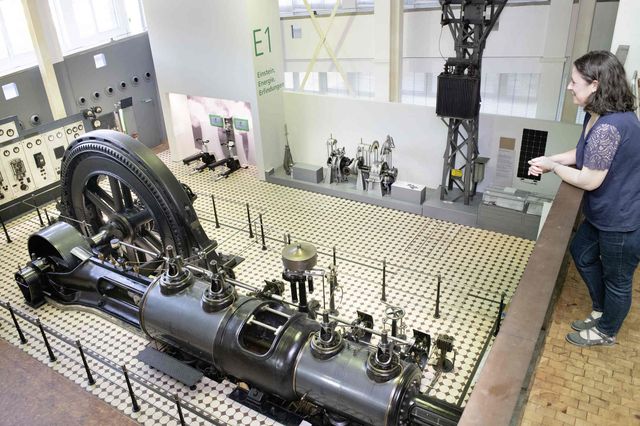
Energy
Energy
The new section in the museum's permanent exhibition takes a look at energy supply from the first air heaters to today's smart electricity meters. In addition to electrification from the late 19th century onwards, the energy revolution, environmental protection and smart home are also topics of the new exhibition. In an area of around 600 square metres, visitors can see not only historical vacuum cleaners, irons and cooking stoves, but also an eight-metre high electricity pole and the museum's 112-year-old steam engine, which is regularly demonstrated.
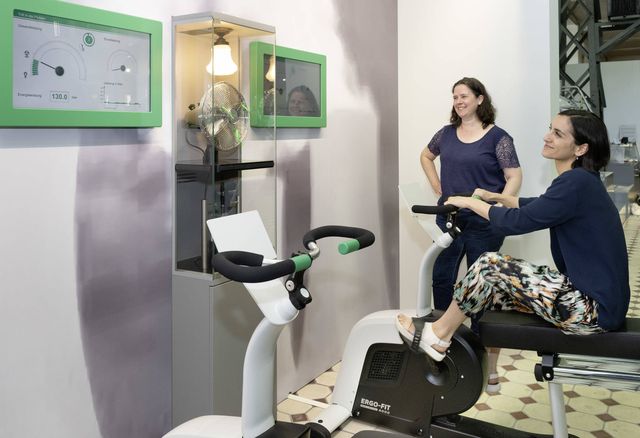
Hands-on Stations
How much energy is actually required to heat a glass of water? Can I charge my smartphone with muscle power? Visitors can experiment in the new exhibition. In addition, a video wall offers an exciting media journey through the energy topics in the museum.
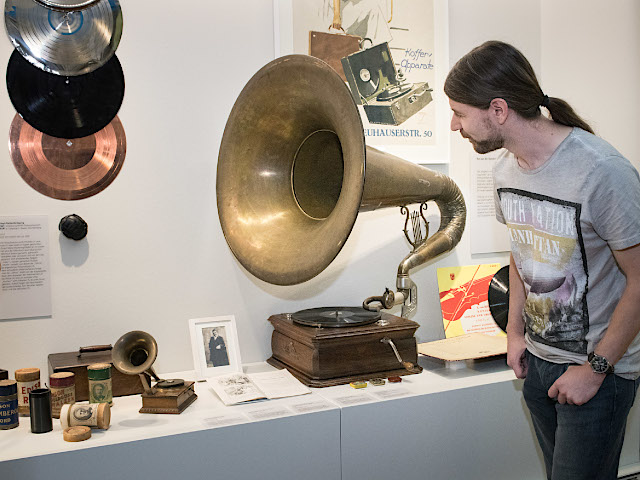
Media History
Media History
Media has shaped and impacted our lives for centuries. We showcase the rapid development of media and media transformation from the telegraph to Twitter using a number of objects, including radios, cameras, television sets and computers. Visitors will also be invited to listen to some bizarre media stories: for example, although you’ve probably seen records in all variations and sizes, we bet you’ve never seen a speaking chocolate record!
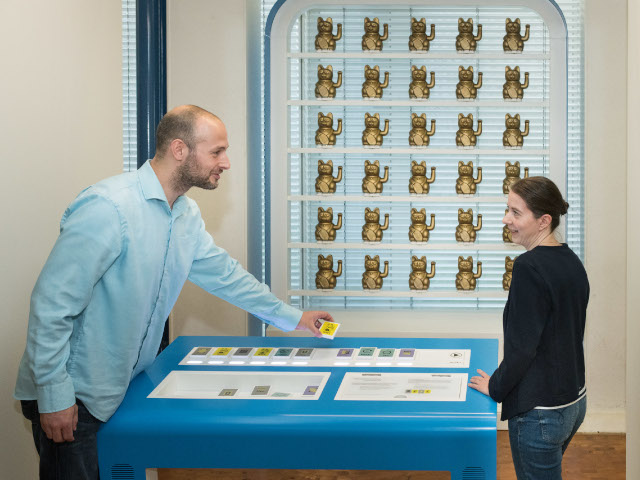
Maneki-Neko and Retro Games
Join in! Visitors are invited to engage with objects at a number of interactive stations, for example, to make maneki-neko (“beckoning cats”) make some cool moves, take a recruitment test for the job of “Fräulein vom Amt” (Young Lady in the Office) and find out how trash cans can communicate automatically with garbage collectors. Visitors can even play video games! Indeed, computer and console games, such as Pac-Man and Super Mario, have long since become a part of our shared cultural history.
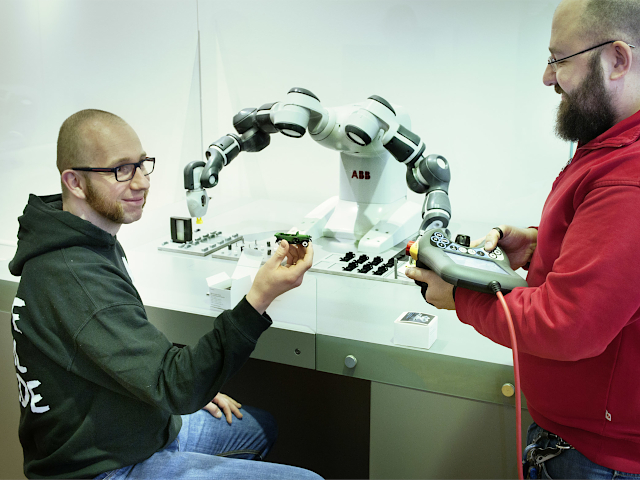
Automobile
Automobile Construction
Carl Benz invented the world’s first automobile in Mannheim in 1886. Today, roughly 83 million cars are produced every year. This Mannheim invention has long since become an enormous economic factor. This is why we’re showcasing the history of the automobile from the pioneer days all the way to the digital and intelligent factories of today on 600 square meters at our museum. Six theme rooms elucidate how automobile pioneers brought the first cars to the streets and how auto production lines were first introduced in the 1920s. Further topics include the world economic crisis, forced labor during the Nazi era, the mass motorization of the post-War period and the digitization of the industry we are undergoing today.
“Knutschkugel” and “Kommissbrot”
Many of the vehicles on display in our museum are curious cars and cult classics, whether it’s the BMW Isetta, better known as the “Knutschkugel” (bubble car), the small Hanomag 2/10 PS, often referred to as the “Kommissbrot,” or the amphibious “Amphicar.” All of these unique pieces are evidence of the wide breadth of Germany’s automotive history.
At a number of interactive stations, visitors can also get a sense of what it was like for auto pioneers to actually drive a car back then. In fact, these inventors were still rolling over cobblestone streets on steel wheels. Visitors can also build a model car together with our robot “Yumi.”
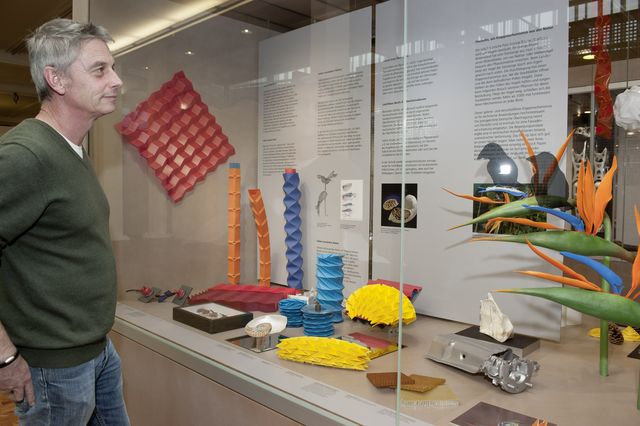
BIONICS
BIONIK/BIONICS – Biologically Inspired Engineering
Nature as the model for technical innovations – this is the basis of what is called “bionics.” We encounter bionics all the time in our everyday lives, as well. For example, did you know that the parking systems installed in many cars are based on the sonar systems used by bats? In this exhibition, we provide visitors with insights into all the latest bionic research. Of course, visitors can also get involved themselves: for example, watch how soap skins seek out and find the smallest of surfaces all on their own, and find out more about the so-called “Lotus effect.”
The BIONIK/BIONICS exhibition enjoys financial support from the TÜV SÜD Foundation, the Wilhelm Müller Foundation and the FUCHS-Familiengesellschaft (family association). It is a permanent exhibition at the TECHNOSEUM.
Paul the Robot
Hello, my name is Paul! I am a human robot and the TECHNOSEUM mascot. I got my name from a competition in which 1,072 participants submitted their personal suggestions for my name. They came up with many ideas, from Aaron to Zubo. But “Paul” was a name that my language program was able to pronounce in a clear and understandable manner, so we went with it! In the BIONIK/BIONICS exhibition, I’ll show you how the movements of the human body can be transferred to a machine. Plus, you should come to Level F to enjoy the dance I do every day on the hour!
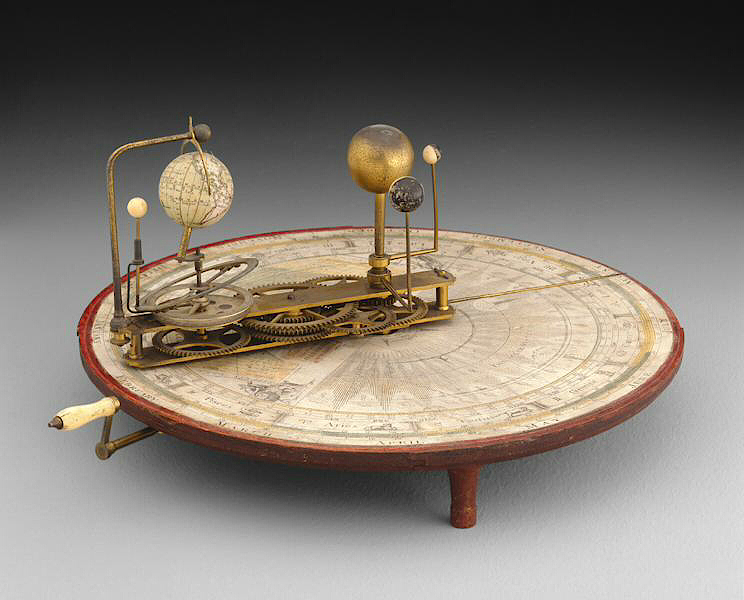
Observatory
Observatory
Mannheim was a site of significant astronomical moments as early as the 18th century. In fact, during the reign of Kurfürst Carl Theodor (1724–1799), the “Quadratestadt” (square city) became a center of scientific research. In 1772, the foundation was laid for the Mannheim Observatory (Sternwarte), which remained in operation until 1880. Court astronomer Christian Mayer was called to work there in 1762 and achieved pioneering work in the field of binary-star research. The observatory’s historical catalog is kept at the TECHNOSEUM and includes several instruments, earth globes, sky globes and moon globes. The observatory itself can still be found today in downtown Mannheim.